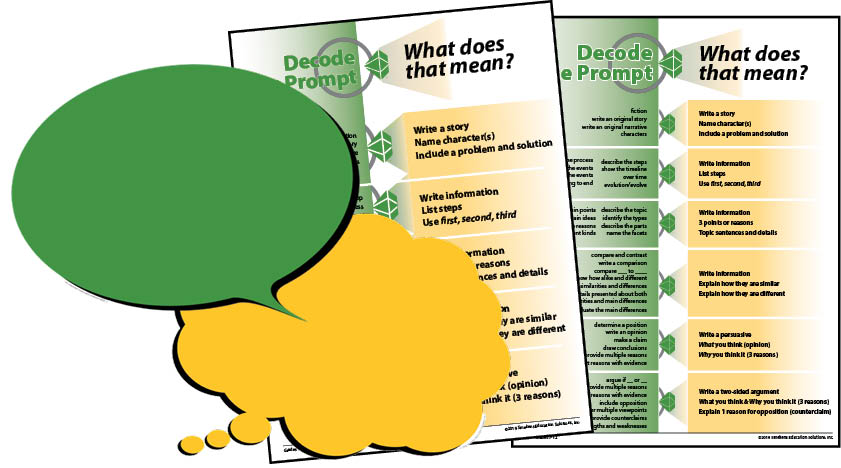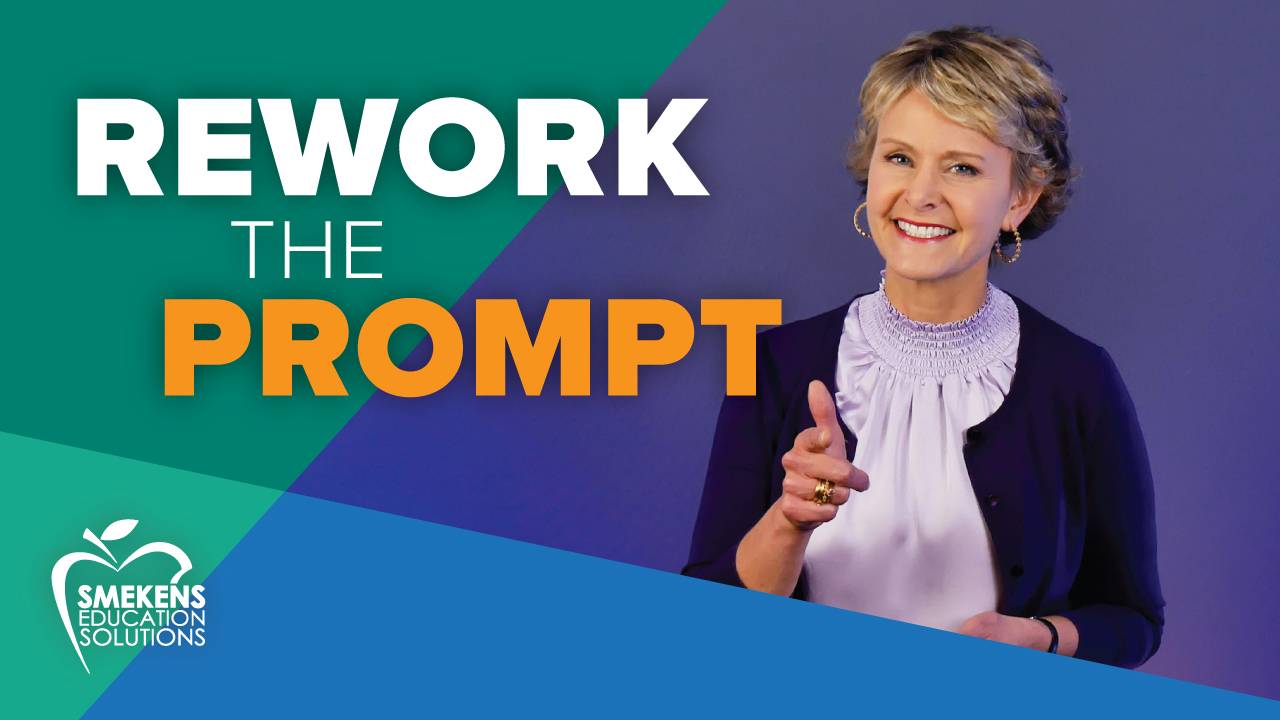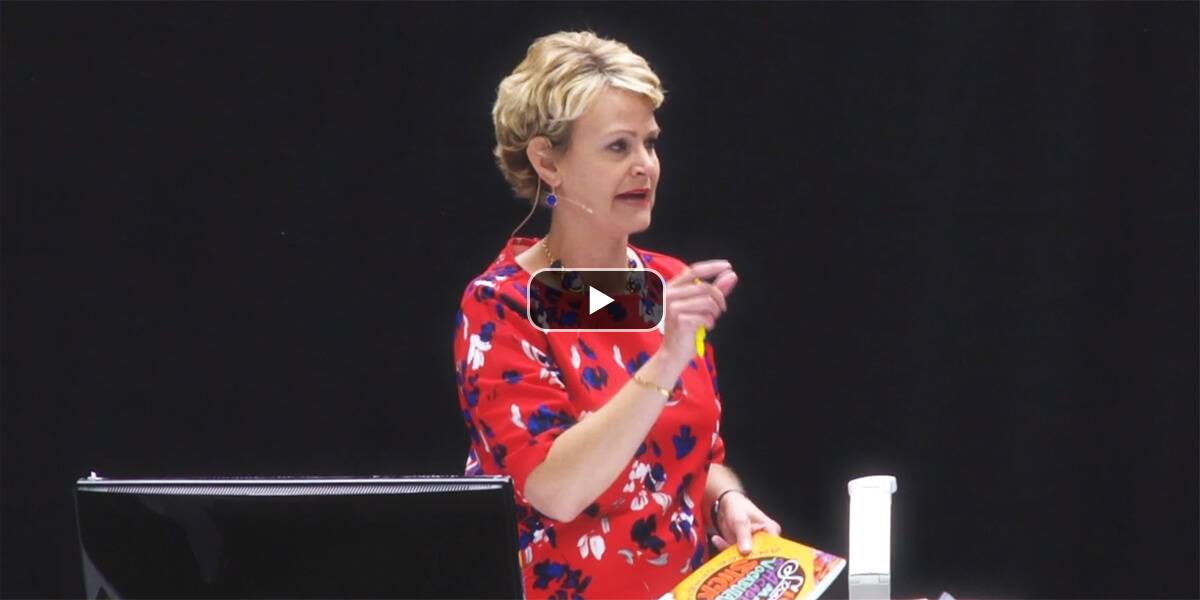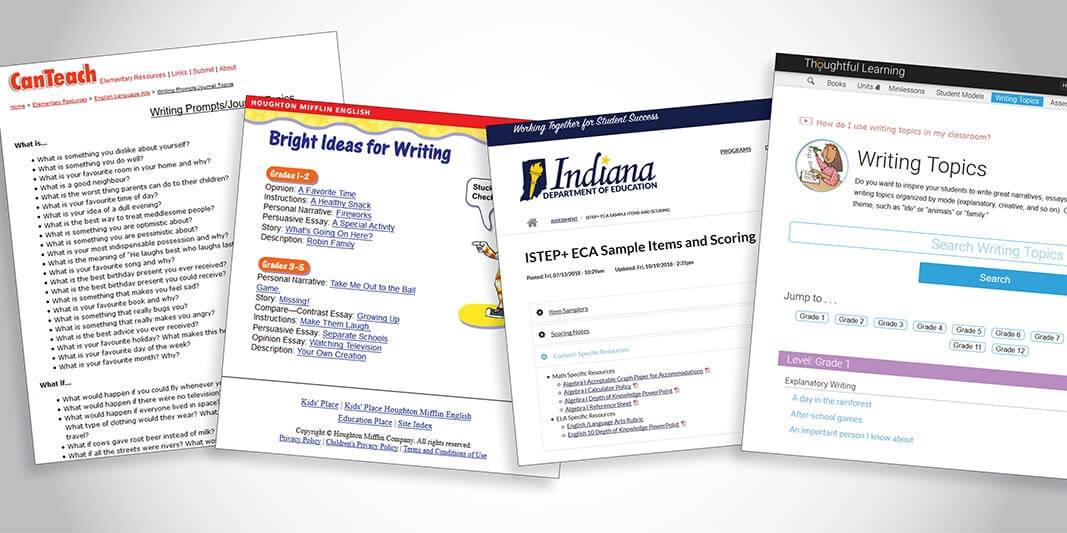Learning Center
reading
Decode a prompt in 3 steps
Teachers play a huge role in preparing students for success on standardized tests. But when “game day” actually occurs, it’s students, not their teachers, who have to step up and execute the skills being assessed.
That’s why a key part of the preparation needs to focus on equipping kids with the skills and habits to read and interpret writing prompts accurately and independently. Students need to be able to recognize the academic vocabulary and interpret it to meet the requirements of the specific task.
Here’s a three-step process to help your students decode any writing prompt.
Step 1 – Recognize the three parts of a prompt.
First, teach students that writing prompts are composed of three parts. Whether it’s a two-sentence prompt or a multi-paragraph prompt, there are typically three parts. The first sentence or two focuses on background. It reminds students of general knowledge or information learned from the texts read. The middle sentence(s) identify the actual writing task. And the final sentence(s) simply remind students to support their answers with evidence from the text(s).
Telling your students that the first sentences are background information and the last sentences are about proof is huge. With this knowledge, students can then focus on finding and comprehending the task revealed within the middle sentence(s).
Step 2 – Identify and decode the key words in the task.
Teach students to identify important details within the prompt, including the writing purpose, the intended audience, the specific topic, and the genre or format.
But more than just seeing the “big words,” students need to be able to translate them to impact what they write and how they write it. This requires teaching students to crack the code of lofty academic vocabulary. A fun way to help students understand the concept of “cracking the code” is by using a light-up decoder ring to illustrate the process. Teachers can use this inexpensive party favor as they model how to identify and interpret the meaning of key words from the writing prompt.


Decode the prompt | Grades 2-6 | Grades 7-12
For example, with the decoder ring in hand, the teacher reads aloud the task sentence(s). She holds up (and illuminates) the decoder ring, modeling the thinking involved in breaking down each important word. After several rounds of this, students begin to understand that they, too, have to be intentional about decoding key vocabulary within the middle of the prompt.
Step 3 – Provide opportunities for practice
The next step is to provide multiple opportunities for students to practice the decoding process with sample prompts. Even before asking students to actually write a response, just give them plenty of practice reading and decoding them.
Consider rewriting one prompt to fit different purposes and genres, as shown in this Earth Day set of examples. This is an important point to address. Many students write about the correct topic; however, their purpose or genre is wrong. This often deems a response as “nonscorable” because it doesn’t address the prompt.
If we expect students to succeed when they write for standardized assessments, we have to first be sure they know how to decode the writing prompt. After all, understanding the prompt is a prerequisite for crafting an accurate response.





